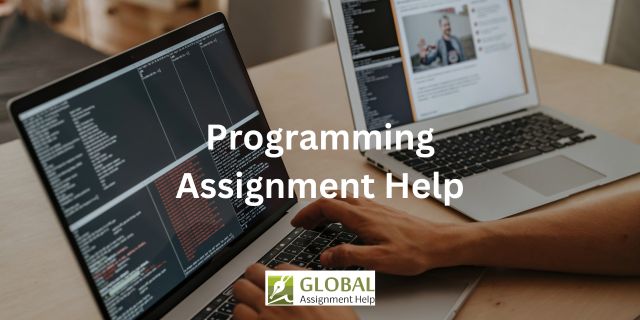Programming languages are one of the most complex concepts of all time, doesn’t matter if it’s C, C++, Java, or Python. All these contain several terms and syntax that are tough to understand. Due to this, students look for programming assignment help platforms that can assist them in writing excellent code.
A single misplaced letter or semi-colon (;) can ruin your whole program. Also, it’s difficult to resolve the errors in the code as the explanation provided by the compiler is confusing. Thus, as a student, you need to pay extra attention while coding and also be well-versed in the concepts. C is a middle-level language, it is because it contains both high and low-level features. It is easy to understand and with practice, you can master the skills of programming. Thus, this article will explain some basic concepts of C in an easy way, so that you can learn and revise them before you begin coding.
The Syntax of a C Programming Language
The syntax is the format of a program. It can be defined as the basic rules that you must follow in every code. Let’s first take an example of a simple syntax in C and then break down each line for your explanation.
| Program:
#include<stdio.h> int main() { printf(“Hello World!”); return 0; } Output: Hello World! |
1. #include: It is a pre-processor that directs the compiler to do something before the actual program. Here, you can see it instructed to include the header file before beginning the program.
2. stdio.h: It is a header file you can identify them easily as they are denoted with .h. After including this header file, the compiler can access defined functions.
3. main(): You will see the main() in every program. It denotes the start of the actual code. This function can be represented in various forms, which are as follows:
- main()
- int main()
- void main()
- main(void)
- void main(void)
- int main(void)
4. Parenthesis: You can see two types of brackets in this program: () and {}. The former indicates that printf and main are two functions whose values are defined inside the bracket. The curly brackets define the start and end of the program and must be put just below the main function.
5. printf(): It is the function to generate output. In simple words, it prints the values written in the brackets. In the above program, it prints the message Hello World!
6. return0: In the program, int defines the main. It indicates to the compiler that the function returns integer values. Therefore, in this case, you put return0.
7. Semi-Colon: It denotes the end of a statement and instructs the compiler to finish this line and move to the next one.
This syntax is one of the simple layouts of a program. The more advanced code you write, the more complex its structure becomes. If you are stuck while drafting your program and face issues, you can seek help from assignment writing services. Till then, read further to know the next concept and learn it!
Keywords of the C Programming Language:
After learning the syntax, the next step is to know what are keywords?. To grasp this concept, you must understand what is a variable and data type. A variable is a name of a keyword, and a data type is the type of value a keyword stores in itself.
Look at this example, int a = 2;
Here, int is the keyword. The variable is a, and it is the name of this keyword. The type of data it stores is of integer value.
Now, keywords are predefined words as they have a special meaning for the compiler. When you write them, the compiler will know what you are indicating. You cannot use them as an identifier in the code. Read further and learn the list of keywords used in C.
| 1. auto
2. break 3. case 4. char 5. const 6. continue 7. default 8. do 9. double 10. else 11. enum |
12. extern
13. float 14. for 15. goto 16. if 17. int 18. long 19. register 20. return 21. short 22. signed |
23. sizeof
24. static 25. struct 26. switch 27. typedef 28. union 29. unsigned 30. void 31. volatile 32. while |
So, these are the 32 keywords of C. To learn how to use them in the next project, you will have to take help with programming assignment from experts. These professionals will explain in detail and also assist in writing error-free code.
Conclusion:
C is a middle-level language that includes a library and user-defined features. One of its basic concepts include syntax which is the format to compose a program. The other important topic of is keywords, a set of library-defined words that have a special meaning to the compiler. Thus, by reading this article, you have achieved the first step of learning C. But, if you have any more doubts and queries, you can seek programming assignment help from an expert.


